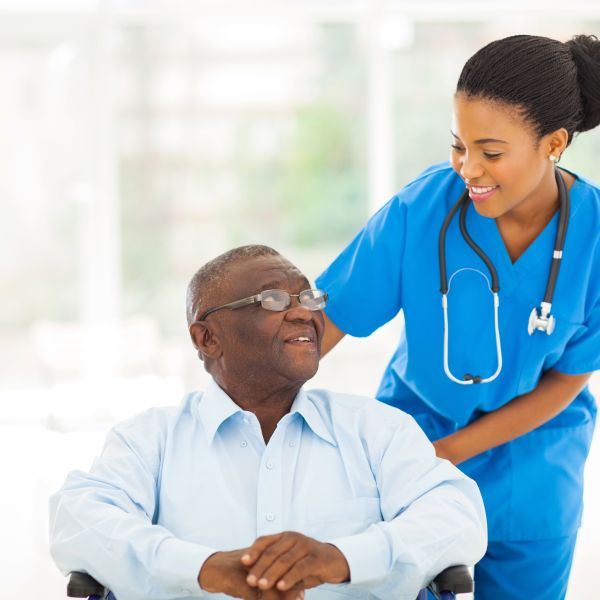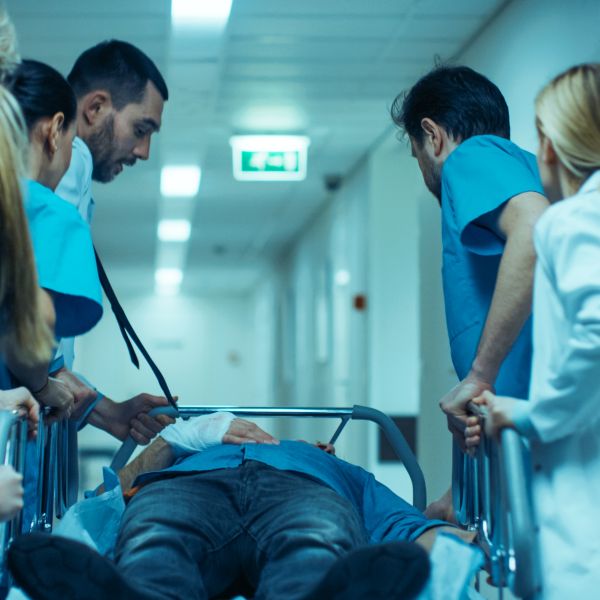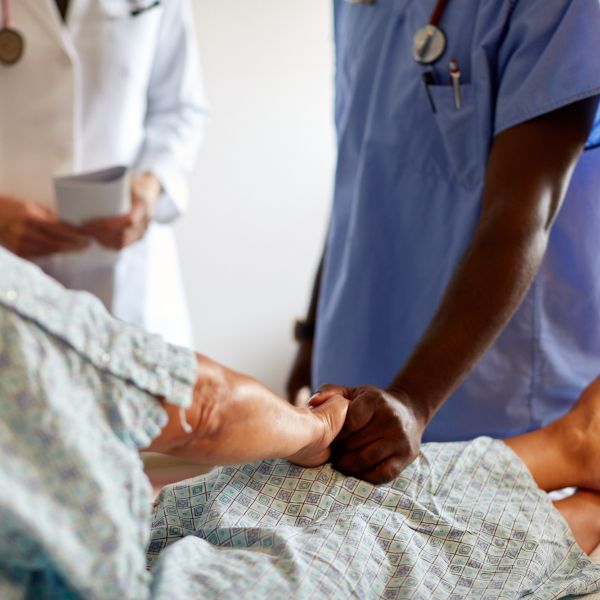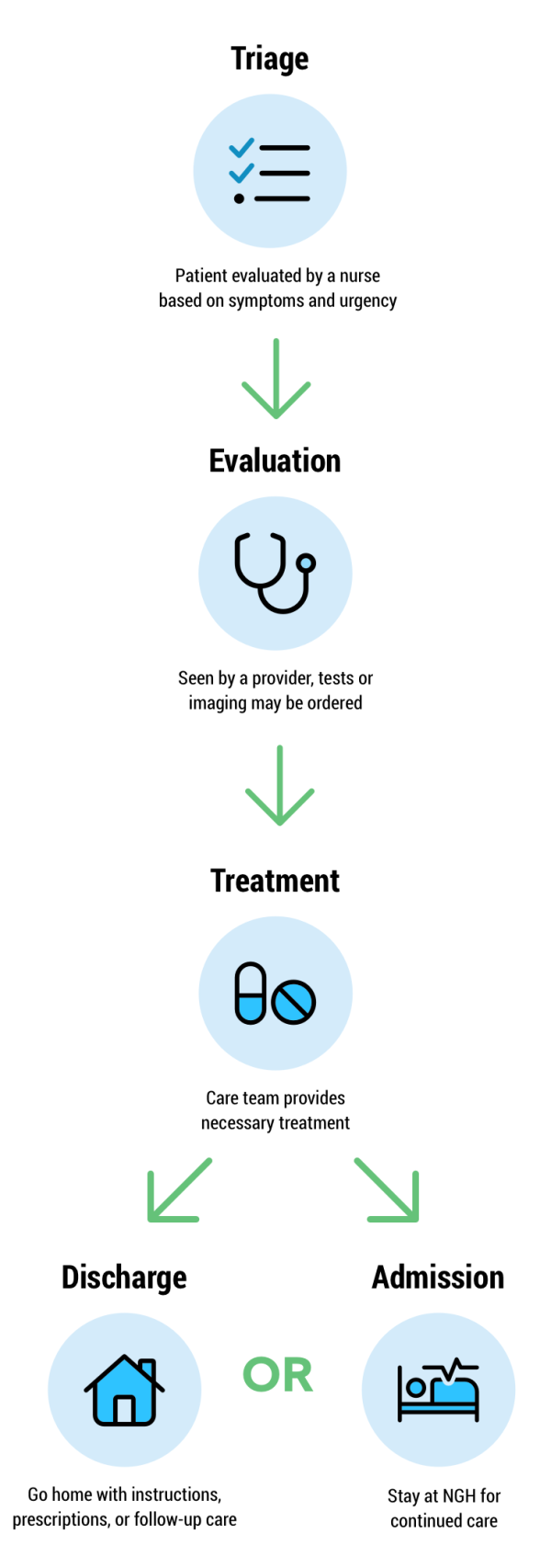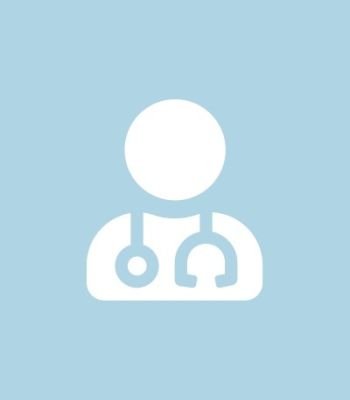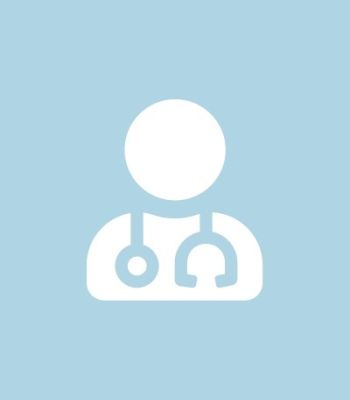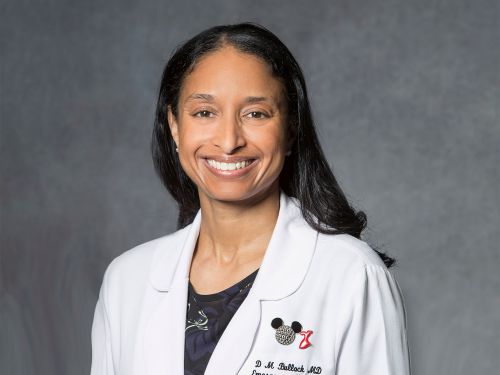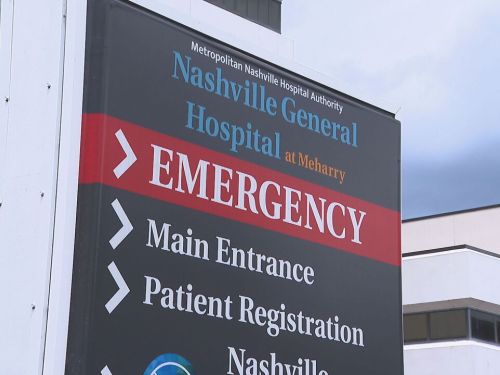FAQs
What is triage, and why is it important?
Triage is the first step when you arrive at the Emergency Department. A specially trained nurse quickly evaluates your symptoms and vital signs to determine how urgently you need care. This helps us make sure the most critical patients are seen first.
Patients are not always seen in the order they arrive — triage allows us to prioritize based on need.
Why do I have to wait?
Patients with life-threatening conditions are treated first. You may wait if others with more serious emergencies arrive after you.
Additional reasons for delay include:
- Waiting on lab or imaging results
- Needing input from a specialist
- High patient volume during flu season or peak hours
How long do lab or imaging results take?
Most test results are available within two hours, though times vary. Some tests may be added later depending on your condition.
We understand waiting is difficult — your care team is working hard to keep things moving.
Can I have someone with me?
Visitors are generally allowed, but space and privacy considerations mean we may limit you to one or two people at the bedside.
Please speak with staff for current visitor policies, especially during flu season or infectious disease outbreaks.
What happens after I’ve been treated?
If you're discharged, you'll receive instructions, any prescriptions, and follow-up care recommendations.
If you're admitted, we’ll transfer you to a hospital room as soon as one is available and continue your care plan there.
How can I help make my visit smoother?
- Know your medications and allergies
- Wait to eat or drink until your provider says it's okay
- Limit cell phone use and keep your voice low
- Change into a hospital gown if asked — it helps with evaluation
- Ask questions — we’re here to help
How do I give feedback about my visit?
You may receive a survey after your visit, or leave a review by scanning the QR code on your discharge paperwork or bedside.
We appreciate your feedback and use it to improve care for all patients.

